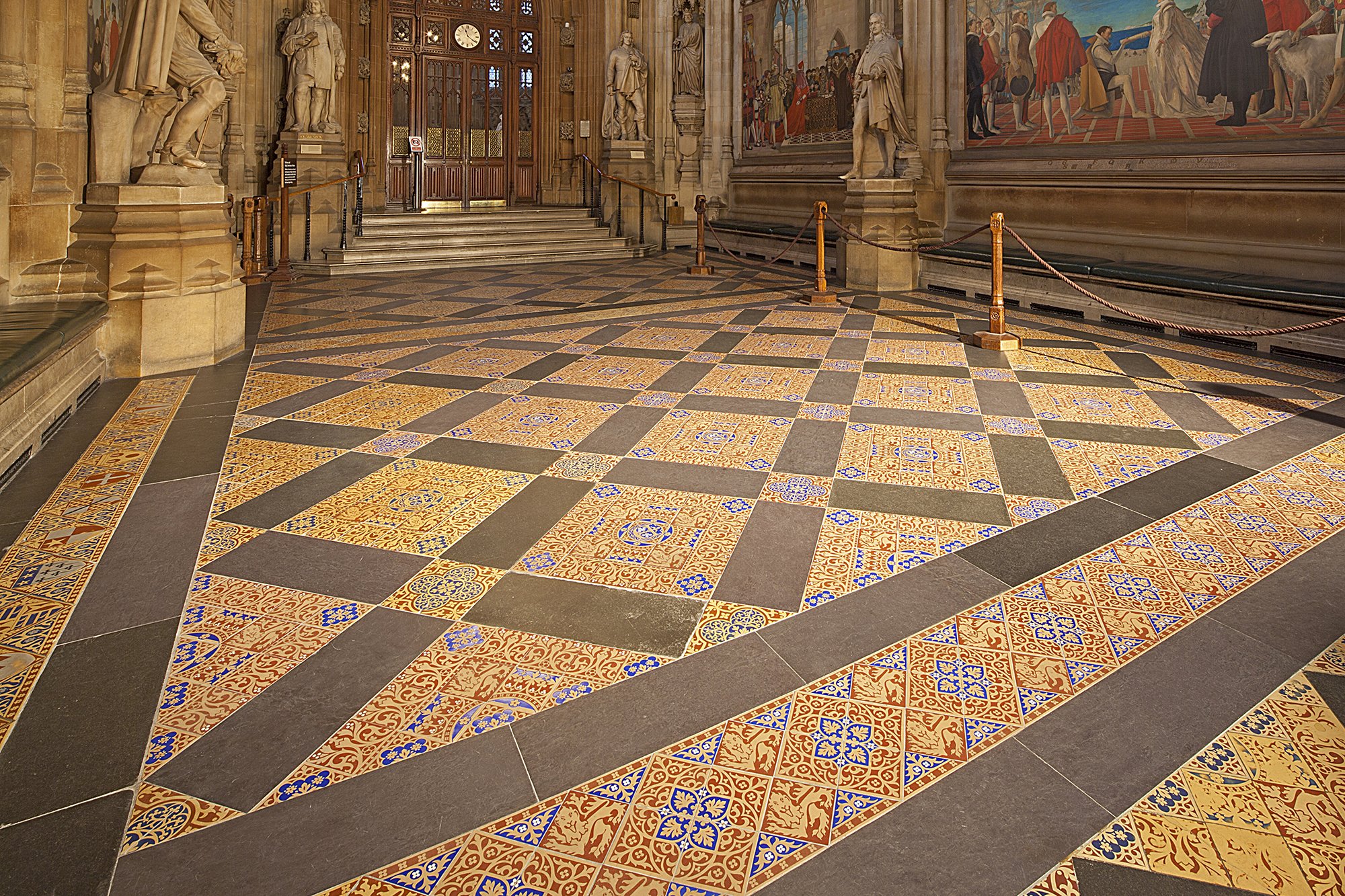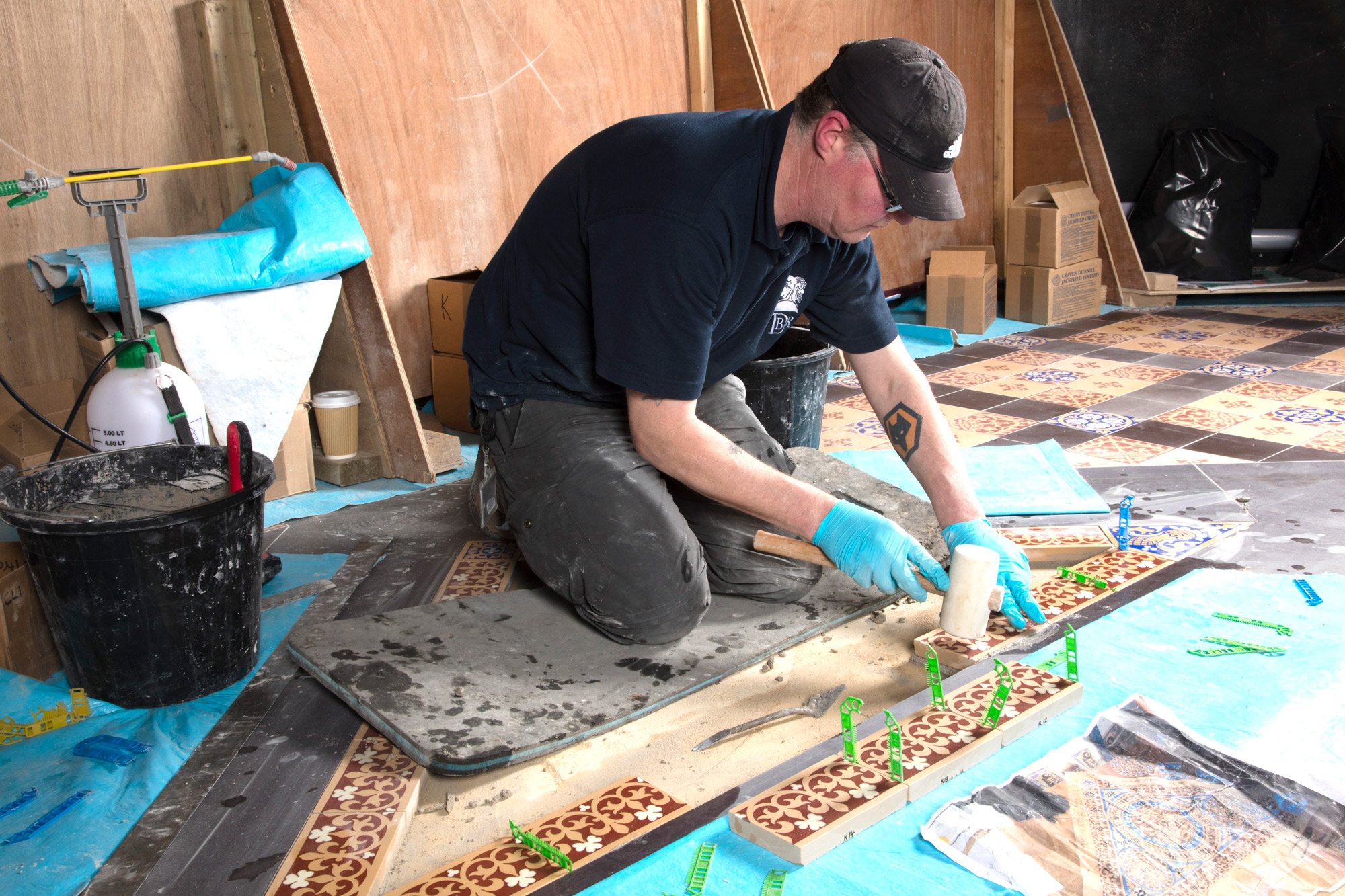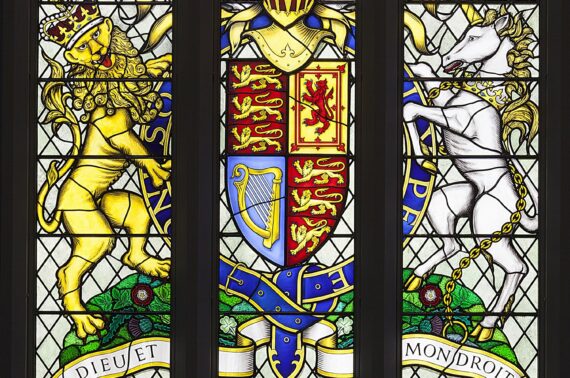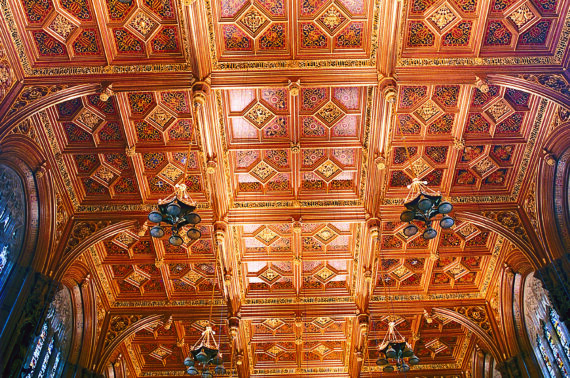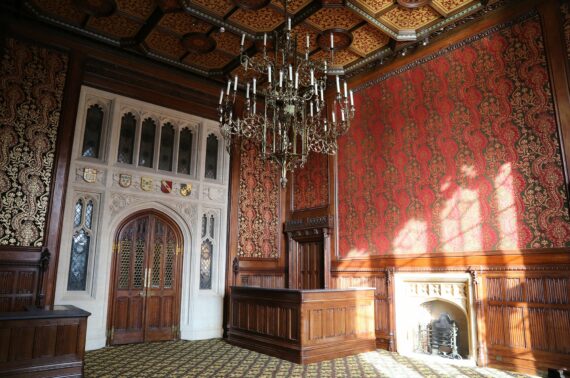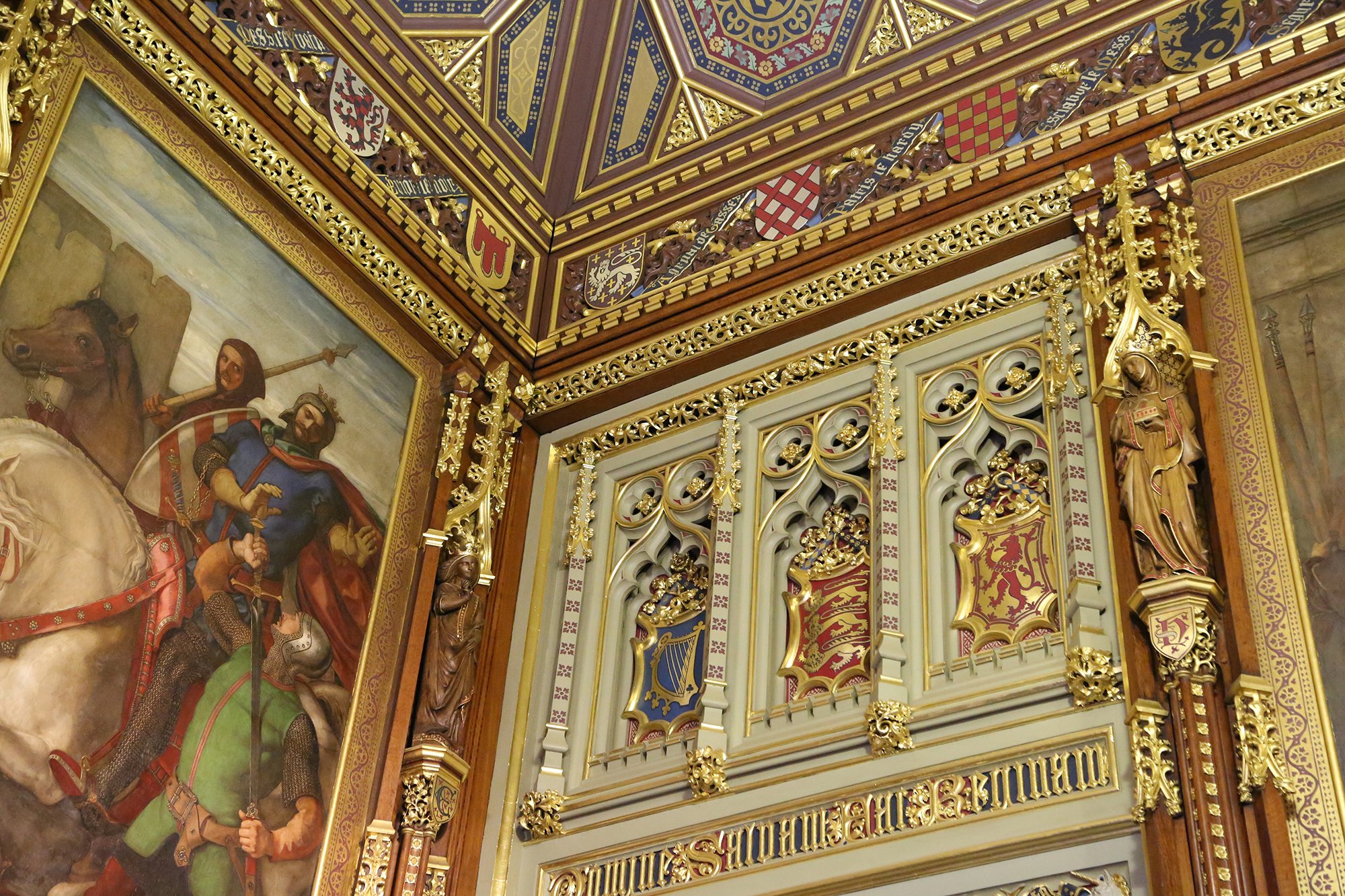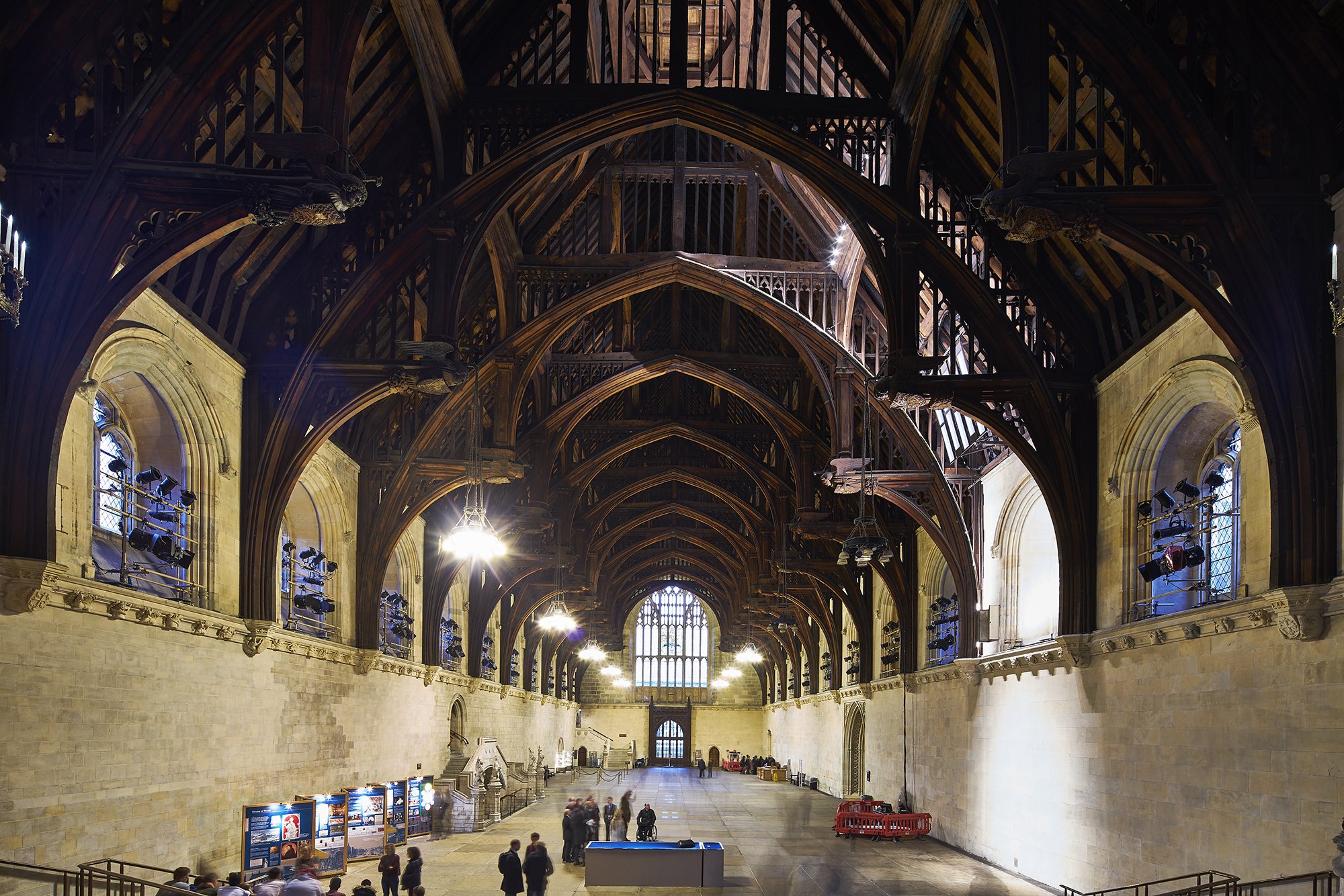Palace of Westminster, Encaustic Tiles
London
The encaustic tiled floors are a significant feature of the New Palace of Westminster, which was built after the disastrous fire of 1834 to designs by Charles Barry and assisted by A.W.N. Pugin. The floors are the result of the joint designing and manufacturing efforts of Barry and Pugin, and of manufacturer Herbert Minton of Stoke on Trent, and represent a timely juxtaposition of antiquarianism with the very latest in 19th century technology. While many encaustic tiled floors of the mid- and late 19th century survive, few of them are as significant as those in the Palace of Westminster in terms of technology, design and craftsmanship. The quality and scale of these floors were unprecedented; therefore, they are of great significance in the history of Victorian interiors.
In 2010, many of them were nearing the end of their practical life. The floors had been subject to wear from foot traffic over many years. There was concern that the floors now presented a tripping hazard to building users. The requirement of the project was to return the pavements to a good state of repair in order to prolong the life of the building by arresting further accelerated decay, as well as to ensure that they did not present a tripping hazard. We worked with stone specialist Ian McDonald to find new marble that was a good match in terms of both durability and appearance for the original stone. In some instances, new stone was such a close match that we questioned the documented provenance of the original material.
